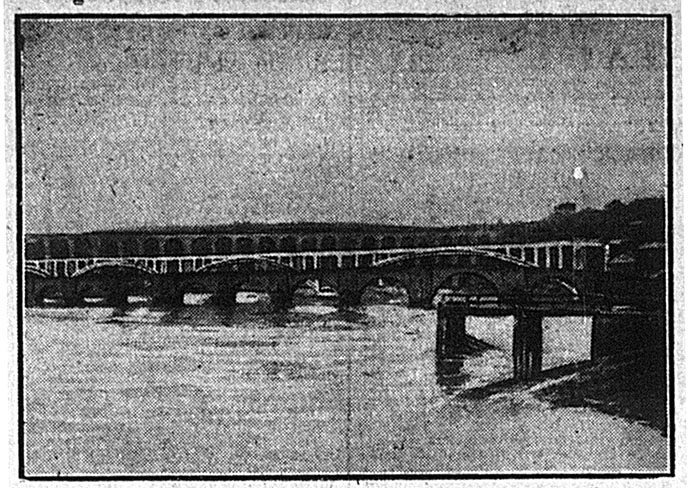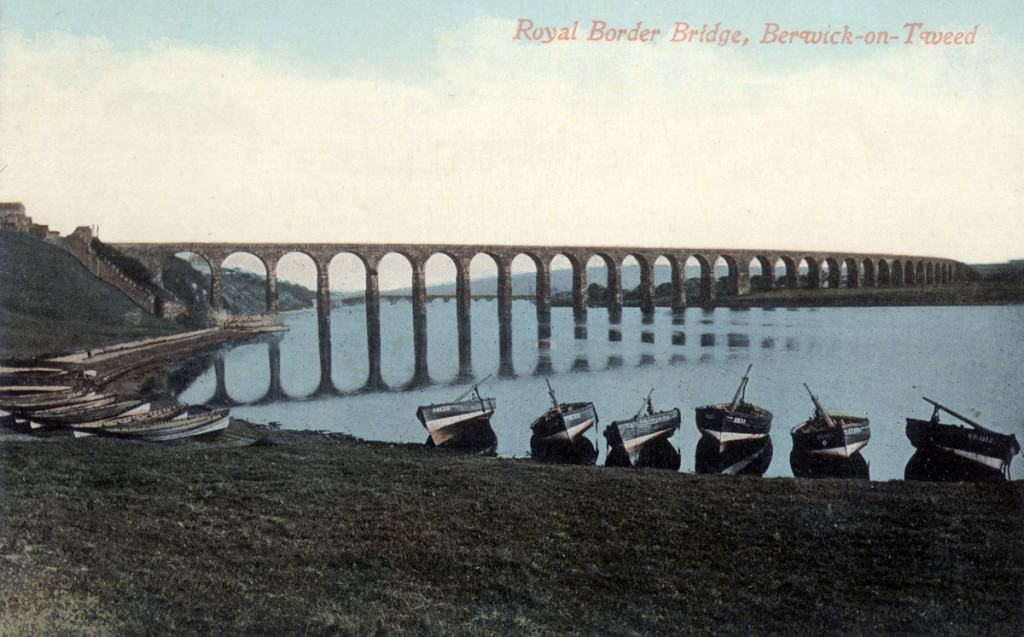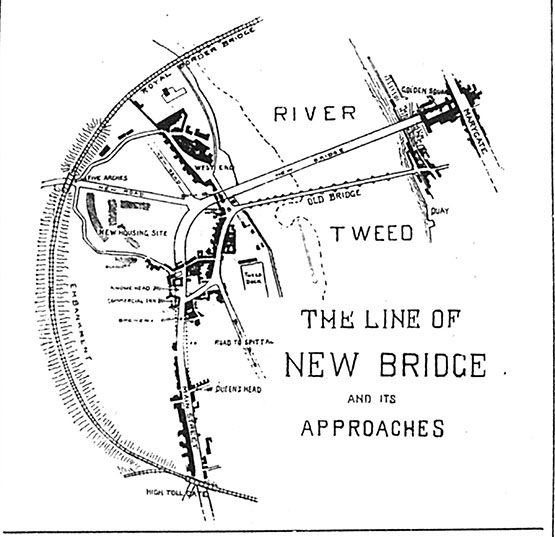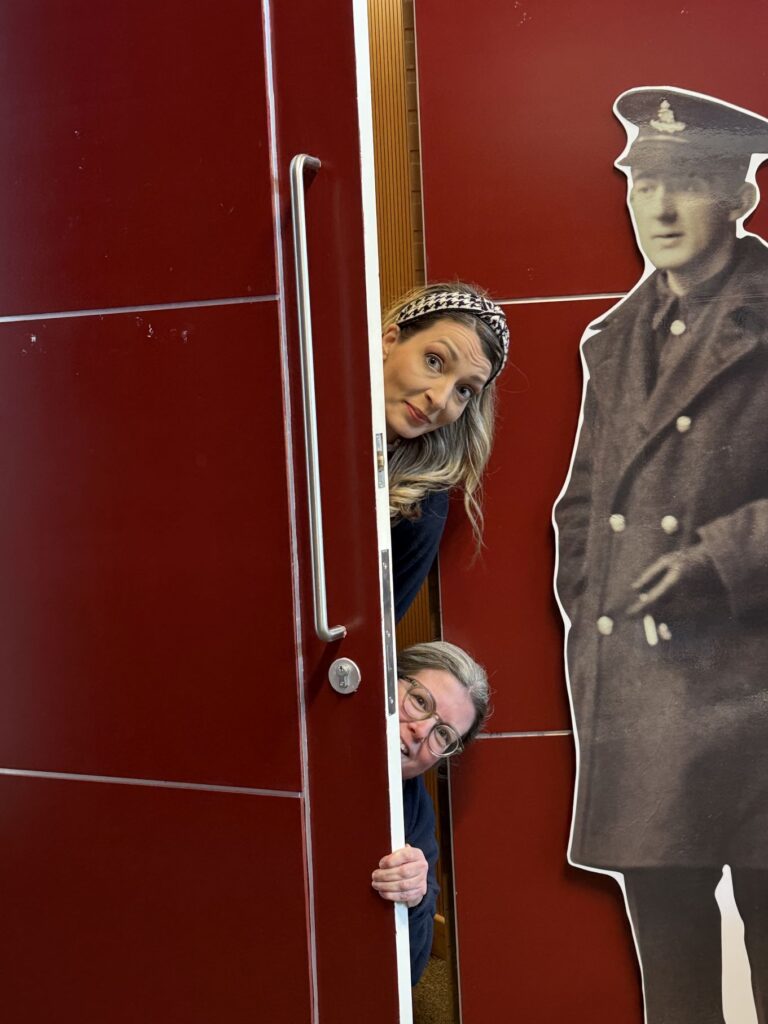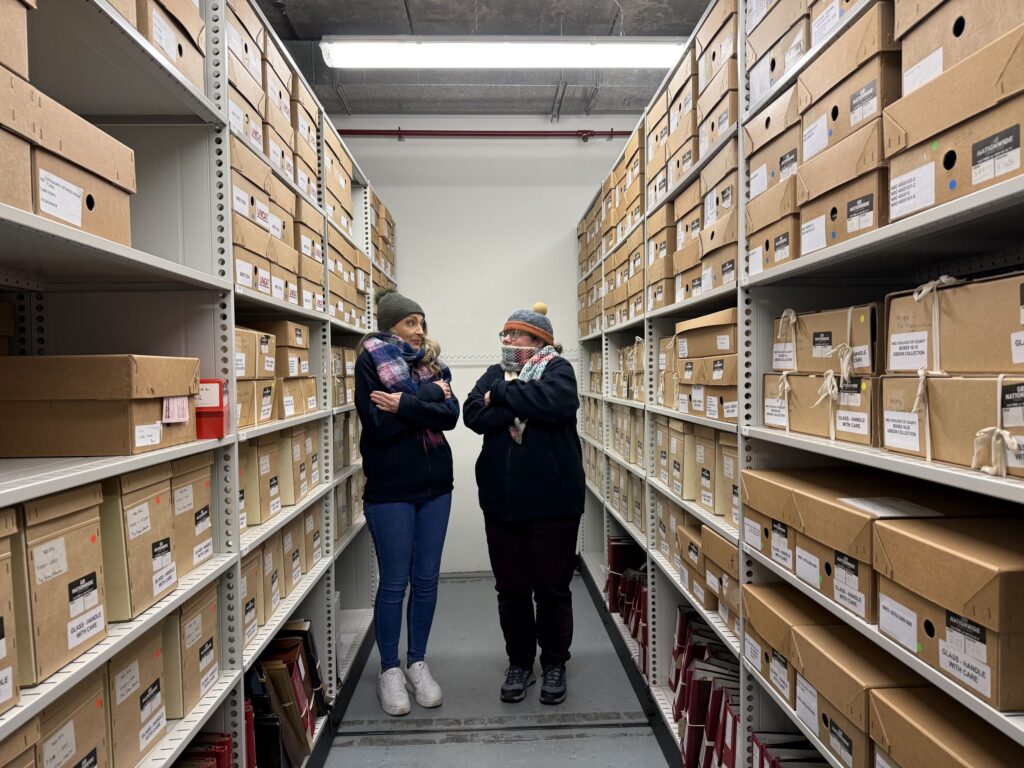Visitors to County Hall reception in Morpeth have had the opportunity to view a selection of images from the Paul Hindmarsh photography collection held at Northumberland Archives. Paul Hindmarsh worked as a commercial photographer from the 1960s until he retired in 2010. With his associate Don Riddell, he captured many important industrial developments throughout the region as well as the day-to-day activities of businesses and factories across Northumberland. His archive of over 20,000 negatives taken between 1968 and the mid 1980s was donated to Northumberland Archives in 2023. It features images of large-scale industrial projects such as the construction of the Tyne and Wear metro and the development of Kielder Water, factory construction, housing schemes and publicity photographs for businesses across the northeast.

When fully catalogued the Hindmarsh images will be open for the public to consult, and a selection will be made available on the Archive’s website. The scale of the collection makes it impossible to suggest when this might be but, due to the quality of the images and the likely levels of interest in them, the Archives were keen to share a sample of the collection with the public as soon as possible. Staff have selected a small number of images that give a good representation of the type of work Paul undertook throughout his career.
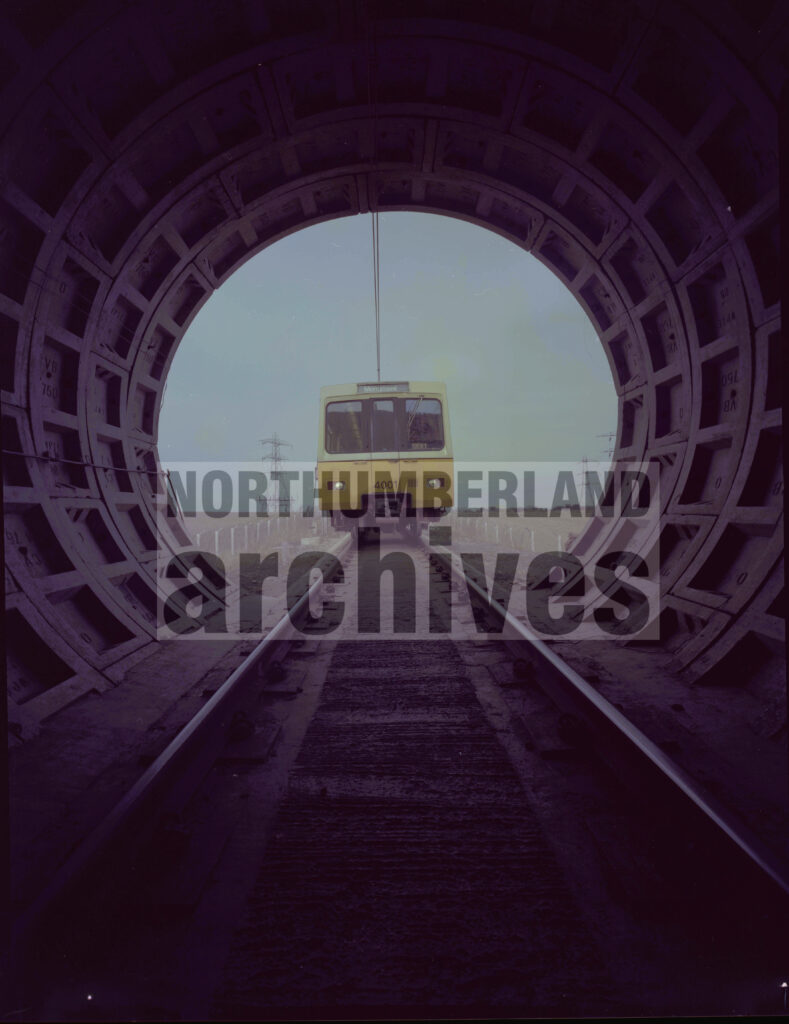
The exhibition has been well received by the public so far. One of the reasons for this is that, while the images remain within living memory for many, they vividly highlight the dramatic changes that have occurred in a relatively short time. Although on the surface these are practical photographs from the world of industry and commerce, the exhibition showcases a world vastly different from today’s. The photographs capture artists in a graphic design department creating technical drawings by hand with nothing but pen and paper, a ‘computer room’ where the operator is required to wear a lab coat, and even the distinctive hairstyles and trouser cuts of the era—details that feel both familiar and also now, historic.
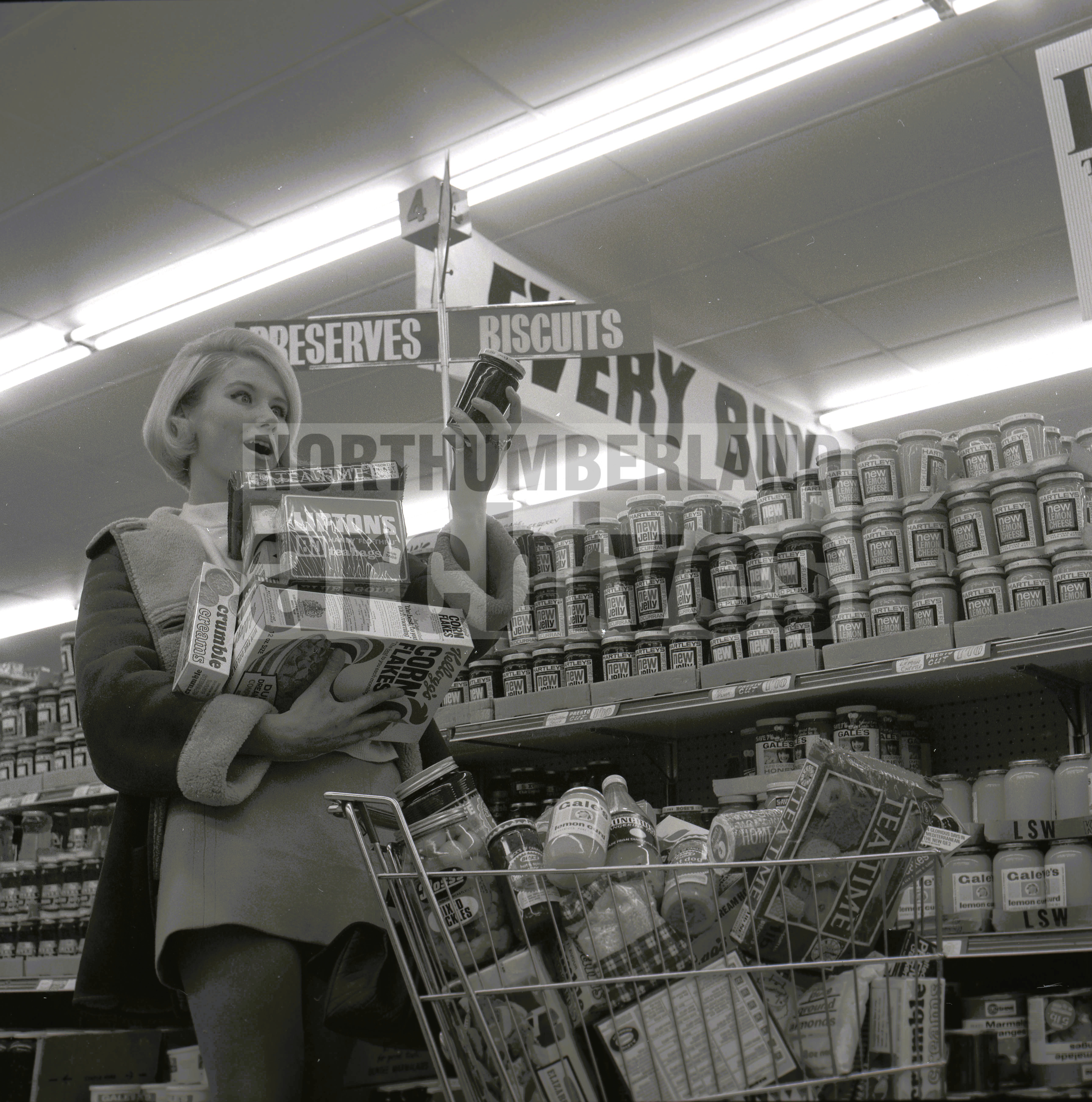
During our appraisal of the Hindmarsh Collection and the curation of this exhibition, we were struck by the many layers of significance within the images. A core mission of the Archive Service is to preserve historically valuable materials, and the Hindmarsh Collection is certainly a rich source for anyone interested in the industrial and commercial history of the northeast—both now and in the future. Yet beyond their historical and contextual importance, these photographs also stand out for their aesthetic quality. Paul was not just a documentarian but an obviously gifted photographer, with a clear ability to capture striking compositions that hold their own as artistic works. It has been interesting for Archives staff to consider this idea; that the primary reason for the creation of the images was almost always purely practical; whether to document a specific part of a construction process, an updated manufacturing procedure, or for marketing purposes. For this reason, the curation of exhibitions featuring this type of collection is especially satisfying; an image that was perhaps never conceived as anything other than part of a 1969 advertising campaign for a northeast-based glass company can now be celebrated as both an interesting historic document as well as a brilliant photograph.
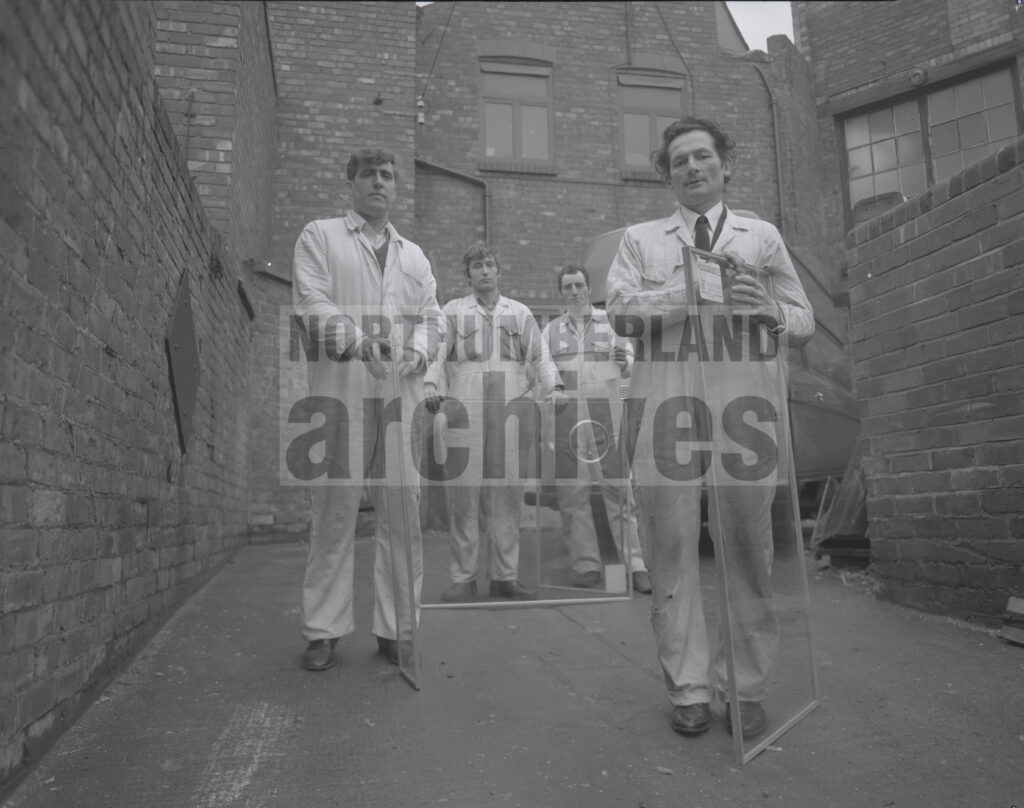
The County Hall exhibition is not the first Hindmarsh project we have undertaken. During the 1960s and 70s, Paul was employed by Washington Development Corporation to photograph the output of the architect’s department during the development of the town. As 2023 marked the 60th anniversary of the town’s foundation, we worked alongside Washington Heritage Partnership, Wessington U3A and Washington History Society to hold a series of workshops where local history societies and members of the public were invited to view a selection of Paul’s Washington images, share memories and help chose images for a digital exhibition. The finished digital exhibition is available to view on Northumberland Archive’s Youtube channel. The current County Hall exhibition will end in a few weeks, but with such a rich source of historic content covering a period of huge change in the northeast, there will be scope for more exhibitions and projects in the future as more of the material is catalogued.


